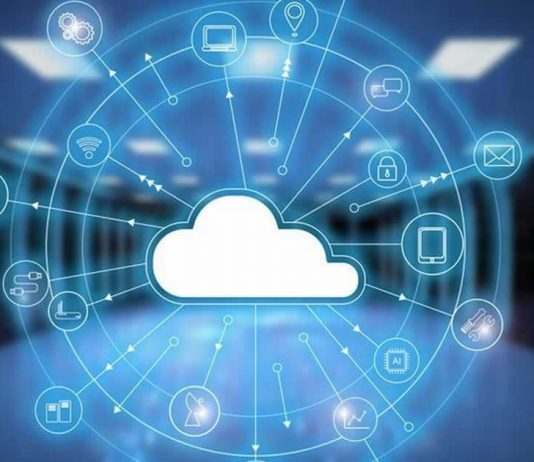The cloud adoption, which had been growing steadily, was driven by the reality of the pandemic that forced companies to carry out remote work almost 100%.
Yet, many IT departments are concerned about the security of data migrating to the cloud. While traditional approaches can offer some assurance, businesses are now looking towards advanced solutions like cloud managed security appliances from rhinonetworks for an added layer of protection.
Applications and databases are moving to IaaS and PaaS environments, but efforts are still being made to maintain the flexibility and control of these applications. IT departments are concerned about moving their most sensitive servers and data to the cloud without relying on the hosting service they are taking it to. These concerns make them want to improve their Cloud Data Security and seek professional Cloud Engineers for this purpose.
It does not matter which service to choose: Amazon Web Services, Microsoft Azure, Google Compute Engine, IBM Cloud, or any other service; the fundamental thing is to guarantee the security of the company’s information assets.
Contents
The journey to the cloud
CIOs base their concerns on having company information in the cloud; leaving their sensitive data in the hands of third parties can increase and complicate the risk landscape with which companies operate daily. However, these fears are often unfounded, and it is crucial to understand the content and context of that data as it moves up to the cloud.
Understanding the environment you are transitioning into plays an essential role in data security. These three issues must be taken into account:
- The data location, as different geographic locations, could mean various regulations, laws, and standards. These factors must be evaluated when making the final decision about who will be the chosen hosting provider.
- Data security, since not all providers of IaaS/PaaS, offer the same security capabilities. Thus, it is necessary to know who has administrative access to the data, what physical and security infrastructure of the network exists, or if there is the possibility of authorizing or preventing granular access to different data resources and databases.
- Software as a Service (Saas): Having multi-tenant services can have problems since they are shared by several clients, so as far as possible, a Virtual Private Network should be requested. Amazon AWS offers this type of service known as VPC (Virtual Private Cloud), an instance in which we have complete control, and we can even connect that cloud with our corporate network to have more control. Consider software like Tentacle co.
Additionally, when migrating data, the following four premises or fundamental aspects must be considered to gain an understanding of this new environment:
- It is true that, in general, cloud computing can increase the number of risks and attack vectors to which it is vulnerable.
- One of the most effective ways to prevent information breaches is to update the risk management plan.
- Not all data is associated with the same level of risk, so each type of data has different challenges.
- The migration to a cloud environment must account for regulatory compliance since significant constraints may vary in other countries for certain kinds of information.
Security best practices for the cloud
It is essential to know who has access to the data and the keys. The answer to these questions will make it possible to improve the risk management plan to increase the level of information protection.
Access to data
Knowing who has access to the data and for what purposes it is vital to understand all security issues and, therefore, you must act while being aware that:
- It is about direct user interaction, and any administrative management that involves contact with the data must be considered. The goal is to ensure that granular access controls are maintained past the cloud threshold.
- It is important to note that new control measures may be required if an application uses external data sources, such as dynamic data encryption or data integrity validation.
- It is also necessary to consider using tools such as those for monitoring database activity, facilitating a better view of the accesses thanks to their mapping.
Keys to a security strategy
When the conditions of the providers are understood, and access to mapping has been guaranteed that allows monitoring the interactions with the data in the cloud, it is necessary to plan the security controls. For it:
- Understand who is responsible for protecting infrastructure components, something that may vary depending on whether it is IaaS or PaaS.
- Take your responsibility for dynamic data encryption, such as SSL or VPN.
- Protect access to the administration console, as it is one of the most vulnerable points of attack.
- Install security software and follow the database vendor’s security guidelines (except when working with PaaS, as this is usually the vendor’s responsibility).
- Don’t forget to consider app security.
Cloud Data Security is a hot topic for many companies nowadays. Various companies proved that data exposure would cost a way much more than monthly spending on improving their security. Hope, the knowledge in this article prevents you from data breaches.


